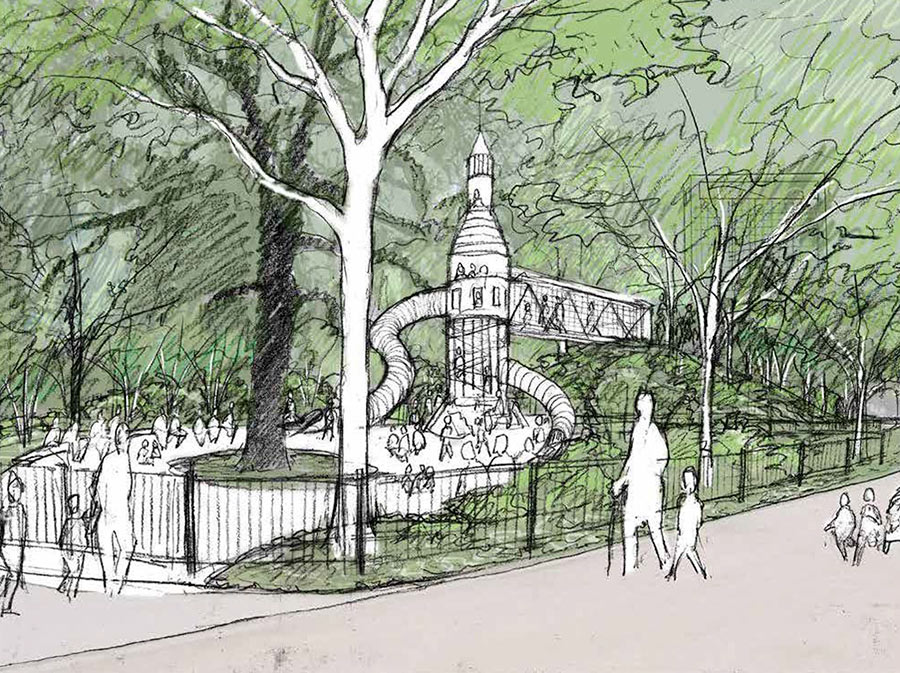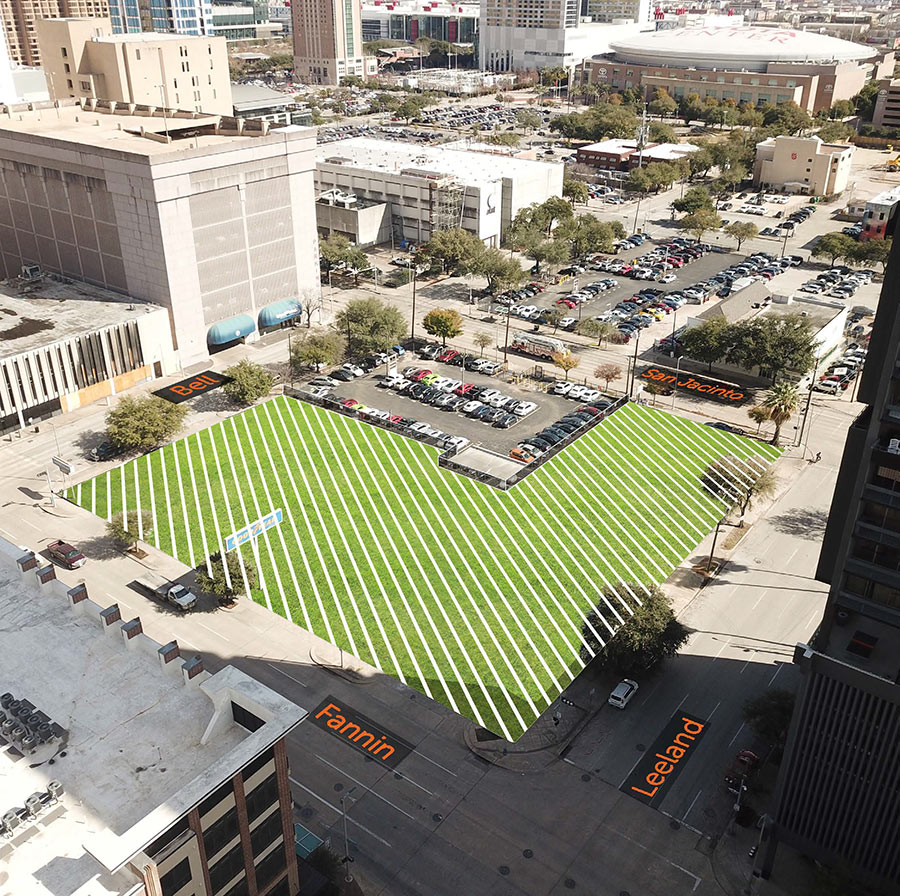
The Trust for Public Land’s annual report on parks in cities is out and—guess what! Houston miraculously has a whole lot more parkland than it did last year.
In 2006, the Trust’s report showed Houston had 16.5 acres of parkland for every 1,000 residents—below the 20.6-acres-per-1,000 average for cities of similar density.
This year, Houston looks a whole lot better: Suddenly, there’s 27.2 acres of parkland per 1,000 residents. That puts us in third place among cities in the “intermediate-low density” category, and well above the new 17.5 acre average.
How’d it happen? Was it the new 11th Street Park? A secret citywide playground-building program? Not quite. It’s the creative accounting effort launched by Mayor White’s office to make sure the Trust counted every green acre.
White simply wanted Houston judged by the same criteria as other cities, [spokesman Frank] Michel said. “As the mayor likes to say, the facts are our friends.”
Where did the mayor find all that green? Well, here’s his biggest catch:
. . . the city argued successfully that the surface area of Lake Houston — almost 12,000 acres — should be counted as parkland. Harnik said the trust agreed that bodies of water should be counted if they were associated with a park owned by a government agency. Houston acquired the 5,000-acre Lake Houston Park in August 2006 from the state parks department.
Too bad we were limited to just the surface area, though. Next year’s report will probably be even better. Isn’t there a city park somewhere associated with the Ship Channel too?
- Study says Houston ranks among metro leaders in green space [Houston Chronicle]
- City Park Facts [The Trust for Public Land]
- In a Paved Paradise, No Need To Put Up with a Lot of Parks [Swamplot]
- West 11th Street Park: Saved by the Bill [Swamplot]
Lake Houston Photo: Flickr user Demonhawk.




